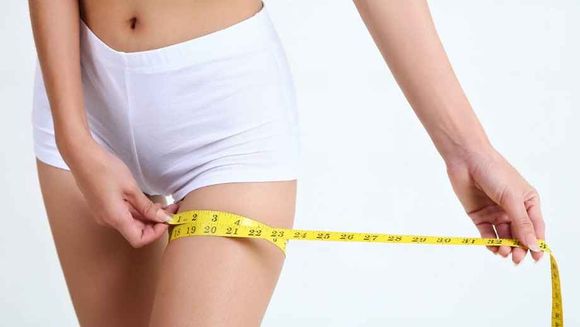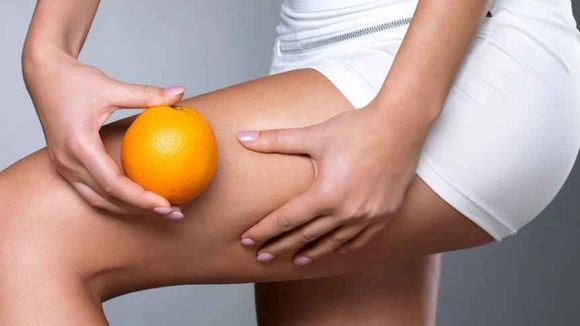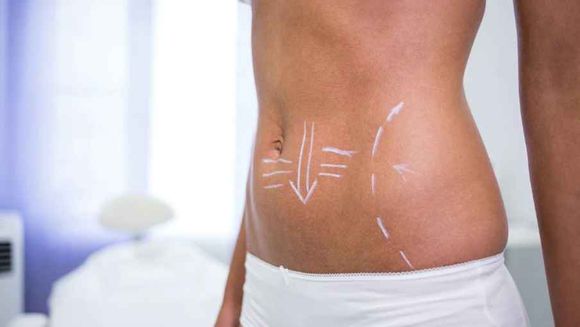What is liposuction and when is it administered?
Liposuction involves removing fat by sucking it through a thin tube called a cannula. It is most effective for people with normal weight and firm and elastic skin. It is important to know that liposuction is not a substitute for weight loss. Liposuction can help correct and improve the contours of parts of the body from which it is difficult to shift the weight.
The areas most often treated with liposuction are the abdomen, hips, buttocks, hips, knees, neck and upper arms. Liposuction can also be used to remove lipomas (non-cancerous tumors of adipose tissue) and fatty edema that can develop under the male nipples and look like enlarged breasts (gynecomastia). 1
Liposuction techniques

Some of the different liposuction techniques include:
- Tumescent technique. The tumescent technique involves injecting a large amount of medical solution into a fatty area. The medical solution is a combination of drugs that anesthetize the site, as well as shrink capillaries and prevent blood loss. A vacuum connected tube is then inserted into the fat to be treated and the fat sucked out.
- Ultrasonic lipoplasty. In ultrasonic lipoplasty, a special tube is used that produces ultrasonic energy. This ultrasonic energy breaks down the walls of fat cells, turning them into a liquid. Then the fat is sucked out.
- Laser assisted lipoplasty. Lasers help with liposuction by heating fat to make removal more efficient. This method causes fewer bruises and allows faster healing.
- Power assisted liposuction. A tool at the end of the suction device helps to cut the grease, making it easier to remove it.
Who could benefit from liposuction?

Normally, people of normal weight who have localized areas of accumulated fat achieve the best results with liposuction, but people who are slightly overweight can also benefit from the procedure. Age is not a major factor, although older people with reduced skin elasticity may not have the same results as people with firmer skin. [ref. 1]
Regardless of age, if you meet any of the following conditions, you can reap the benefits of liposuction:
- Normal weight (or slightly overweight)
- Firm, elastic skin
- Accumulation of excess fat in certain areas
- Physically healthy and mentally stable people
- People with realistic expectations
Benefits of liposuction
The following can be indicated as the main positive results after liposuction:
- Successful removal of fat (subject to all conditions of hygiene and safety)
- May reduce cellulite or improve skin appearance
- May improve health due to fat loss
- Promotes sculpting in areas of the body that even exercise and diet do not affect
Liposuction is usually done for cosmetic purposes, but is sometimes used to treat certain conditions, including:
- Lymphedema
- Gynecomastia
- Lipodystrophy syndrome
- Extreme weight loss after obesity
- Removal of lipomas
What do you need to know before the procedure?
Be as healthy as possible before undergoing liposuction. It's important to keep your weight steady with a good diet and regular exercise. If you smoke, stopping smoking at least six weeks before surgery will help reduce the risk of complications. Two weeks before surgery, you should avoid using aspirin or anti-inflammatory drugs. There may be other important measures to take, and you will have instructions from specialists for them.
What results can you expect from liposuction?
The results of liposuction will not be clear until the inflammation subsides. In some cases, this may take several months. Most of the swelling goes away after about 4 weeks, and the area where the fat is removed should look less voluminous.
People who maintain their weight can usually expect permanent results. Those who gain weight after the procedure may find that their fat distribution is changing. Of course, there are many factors that can contribute to these changes, and they are related to diet, physical activity, genetic predisposition, hydration, and more.
Possible complications associated with liposuction techniques
Possible complications associated with liposuction techniques may include, but are not limited to, the following: 3
- Injury to the skin or deeper tissues
- Uneven surface of the skin. Changes in the surface of the skin can occur after liposuction, giving it an asymmetrical or marsupial appearance. There may also be changes in skin pigmentation and areas that can become numb.
- Greater risks if large areas are treated. The risk of infection, blood clots or fat clots, excessive fluid loss and damage to the skin, nerves or vital organs is greater when large areas are treated.
- Lidocaine toxicity or fluid in the lungs. If the lidocaine content is too high, it may cause lidocaine toxicity. If too much fluid is injected, it can cause fluid to build up in the lungs.
- Unsatisfactory result. Sometimes patients are not satisfied with the result of their liposuction if the new contours or the amount of fat removed do not meet their expectations. It is important to understand that liposuction is not a treatment for obesity. The amount of fat that can be removed from an area is limited by what is safe (no more than three liters). So it may not be possible to reduce an area as much as you want. Additional liposuction can be performed in the same area after six months. Sometimes the skin in the treated area has lost its elasticity and is flabby.
- Increased or decreased sensitivity. After liposuction, it is common for the areas to be numb or more sensitive than usual. This usually returns to normal within a few months. Loss of sensitivity, although rare, can be permanent.






